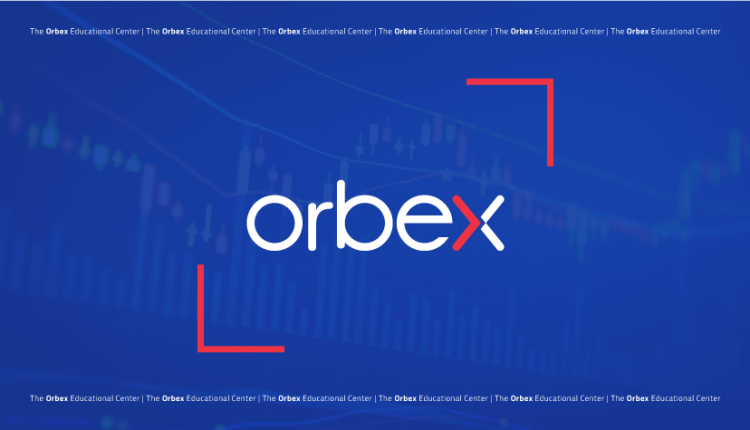Summer Trading – What to Trade When the Markets Slow Down

Like most of us in the hot summer months, the forex markets also slow down, especially in July and August. The sluggishness during this time of year could be a result of low liquidity conditions, less economic releases, as well as a large number of traders vacationing at this time. Even institutions known for their large volumes have a huge number of vacationing employees which ultimately leads to a drop in their trading activity too.
Impact of the Summer Doldrums
Slow markets tend to have a negative impact on a trader’s psychology. To counter the lack of market movement, a trader might be tempted to trade more aggressively, just to “pick up the pace” a bit. Unfortunately, regardless of how effective your trading strategy is or how experienced you are as a trader, low volatility leads to poor price movements, which in turn leads to minimal opportunities for forex trading.
Summer might be a good time to take a break from trading and do something else, which will help you come back with renewed energy, once the market picks up again. This could be a good time to read up and enhance your forex knowledge, try out new strategies using demo accounts or even attend forex-related events, combining a vacation with some great learning and networking opportunities.
However, if you do wish to continue to trade in a slow market, here are some tips that could help.
How to Trade When the Forex Markets Slowdown
1. Decrease Trading
The easiest thing you can do during a slowdown is to scale back on your trading. If you had been trading two or three times a week, consider bringing it down to just once or maybe even once in 10 days. Start reducing your frequency of trading from June, so that by July, you are ready for the summer market. Keep an eye on the markets and if conditions are favorable, you could increase your frequency at specific times.
What you should be looking for at this time is quality of your trades, rather than quantity. A slowdown is not the best market condition to open multiple trades. This is also a time that might test your risk tolerance. So, open one position at a time and stick to it. This will not only keep the risk in check, it will also prevent emotional decisions due to the pressure of multiple open positions in a low volatility situation.

2. Move to a Daily Timeframe
During a slow market, daily charts tend to be more reliable than hourly or even 4-hourly ones. Since trading volumes are low at this time, charts of shorter timeframes might give you false breakouts. With a daily chart, you actually get six different 4-hourly charts, giving you the opportunity to double check any false signals.
Also, remember that during times of low volatility, technical indicators tend to be more sensitive to price movement than usual. The longer this period lasts, the more sensitive the indicators are likely to become. So, even a small move could lead to dramatic signals.
The moment you start looking at trading opportunities because you are bored or craving some action, you are more likely to make mistakes. So, discipline is key at this time. With a daily timeframe, you also get to see how your currency pair is performing across the different trading sessions of the world.
3. Modify Your Risk-Reward
Temporarily, while the markets are slow, lower your risk-reward targets. So, if you had been looking at a risk-reward ratio of 1:3, scale it back to 1:2. However, dropping below the 1:2 ratio may also be counter-productive since it will add pressure to grow your capital. For trades that last more than a week, you could look at higher risk-reward.
This is also the time when you should double check to confirm any price action. This will give you the added confidence you need to make a trading decision. This is a time when engulfing bars and pin bars prove to be more reliable than most other charts to confirm price movement. Check the level at which the patterns form. They will provide the right signals, regardless of market volume.




![Credit Card 160×600 [EN]](https://assets.iorbex.com/blog/wp-content/uploads/2023/06/13144507/Blog-Banner_EN-Banner_160X600X2.webp)